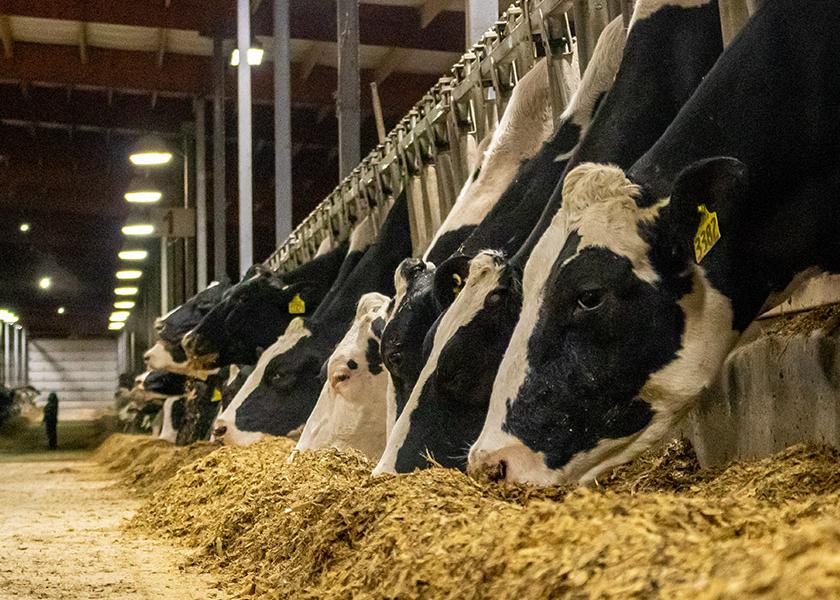The Equation to Last in This Tough Dairy Economy

Over the last decade, the dairy industry has changed at lightning speed, and it dramatically has changed from the era of hand milking cows one-by-one. From the adaptation of technology to increasing efficiencies and overcoming challenges that seem to come at a fast pace, a producer must sharpen more than their pencils to continue in this tough industry. Understanding both sides of the financial ledger to generate a positive margin is ultimately what will be needed for producers to propel forward another ten years.
Tanner Ehmke, the lead economist for dairy with Co-Bank, shares that dairy farming has significantly evolved over the last decade and continues to change at an incredibly fast pace. He notes the trend over the last five to ten years illustrates a continual migration of the herds from the coastal areas coming inland.
"They are going to plain states in the Midwest. Texas is showing a big source of growth, obviously," he notes. "There is an indication of plants being built in Texas and Kansas, and those are probably going to be sizeable plants. I think that’s a pretty strong indication that we will see future growth there.”
Tips to Capitalize on a Margin
Regardless if you are one of those herds who have migrated inland or milk cows elsewhere, Ehmke says that it comes down to capitalizing on a margin and generating a profit, no matter your size or location. He shares three tips for producers to obtain this goal to help them push forward in this industry.
- Talk with your processors and ask what their needs are in the future. This will help you understand the revenue side of the business.
- Regarding costs, Ehmke recommends figuring out how to control your feed costs. This takes a lot of planning on not only what you can do on the farm if you're growing your own feed, but also is there some other way you can contract with other local farmers. Perhaps you've got a neighbor or someone in the area who can grow silage? You must evaluate what your opportunities are. And it all comes down to understanding what those numbers are.
- Talk with your entire team – banker, accountant, processor, nutritionists, etc. about strategies to get through challenging times.
According to Gary Sipiorski, independent agriculture business financial consultant, the top 30% of dairy producers in the U.S. earn $1.25 per cwt. more versus the average producer. He underscores the importance of not only knowing your numbers, but also having good conversations with your lenders to understand your dairy’s financial performance.
Virginia Tech professor emeritus, Dr. David Kohl, states that today’s producers generally fall into three buckets. Forty percent will grow incrementally because they have working capital, equity, profitability, cash flow, proactively approach problems and have a high business IQ.
“Another 40% will be able to hang on but won’t thrive because they’re limited by their ‘low business IQ,’ which will result in profit and cash flow issues,” he says. “These producers will probably need to refinance to survive. Then there’s the remaining 20%. These farmers will likely need to have a partial or total liquidation because they are not in the position to be profitable and to cash flow, and often they drain working capital and equity.”
As the industry continues to rapidly change, producers must not only sharpen their pencils, but work to truly understand both sides of their financial ledger to generate a profit. Leading experts state this is the key part of the longevity equation in the dairy industry.







